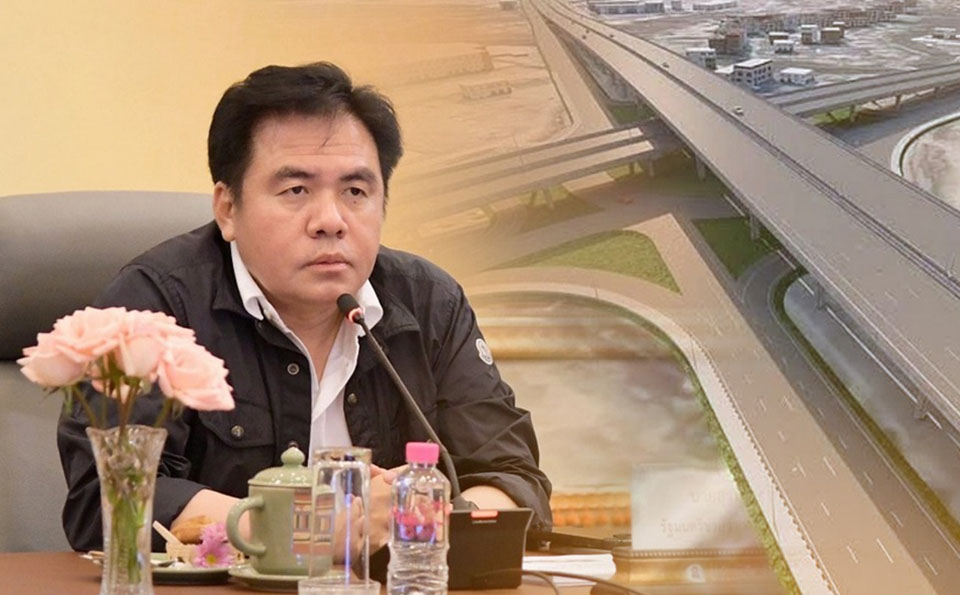
Deputy Transport Minister Surapong Piyachote visited Chiang Mai this Sunday (Jan 7) to discuss major improvements to the province’s transport systems, aiming to boost the local economy and support the thriving tourism sector.
In a meeting with Chiang Mai Governor Nirat Pongsitthaworn and representatives from various sectors, Surapong outlined a comprehensive strategy that prioritizes the efficiency of the province’s transportation network while keeping in mind the well-being and cultural identity of the local community.
Key elements of the plan include the development of new roadways, such as the first and third capital city ring roads. The roads, which are currently in the stage of cost estimation for land expropriation, will connect major highways and facilitate smoother traffic flow around the city.
A central feature of the transport upgrade is the Chiang Mai Public Transit Master Plan, which envisions a robust rail and bus network. The railway component consists of three main lines – a 12.5-km red line, a 10.5-km blue line, and a 12-km green line, covering a total of 35 stations. Complementing the rail system, the feeder bus network will span 174 km across fourteen routes.
The master plan also proposes two significant rail projects: a light rail transit train connecting Nakhon Ping Hospital to Mae Hia Saman Samakkee intersection and a high-speed train line linking Chiang Mai with Bangkok. The latter project represents a collaboration between Thailand and Japan.
Surapong has requested the Highway Department to secure funding and formulate a three-year action plan to alleviate traffic congestion in Chiang Mai, setting the stage for a transformative upgrade to the region’s transport infrastructure. (NNT)







